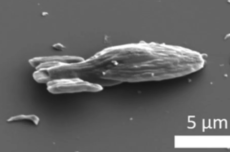
According to CNN and BoingBoing on Twitter, while developing methods to 3D print synthetic micro-swimmers, microscopic devices that can propel themselves by interacting with the chemicals in their surrounding environment, researchers at Leiden University printed a model of Star Trek’s USS Voyager that’s just 15 micrometers long. As a comparison, a human hair is around 75 micrometers in diameter.
By studying synthetic micro-swimmers, we would like to understand biological micro-swimmers,” Samia Ouhajji, one of the study’s authors, told CNN. This understanding could aid in developing new drug delivery vehicles; for example, microrobots that swim autonomously and deliver drugs at the desired location in the human body.
Why did they go for Star Trek and why one of the franchise’s later starships? Jonas Hoecht, one of the study’s co-authors, claims to be a big Star Trek fan and was told he could print anything he wanted. Of course, I still want to know why he opted for Voyager and not a version of the Enterprise, but it’s still extremely cool.
(Link boingboing.net, image ealclearscience.com)

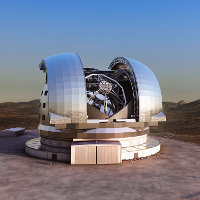
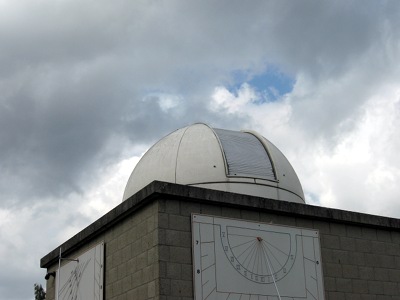
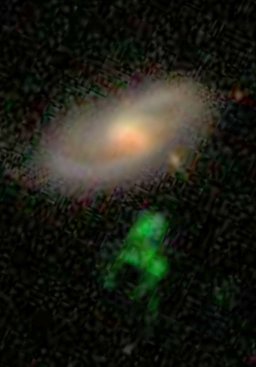
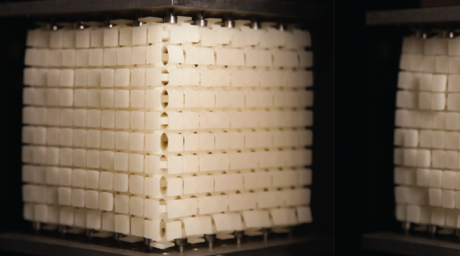
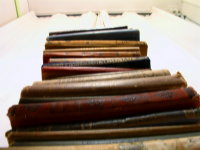

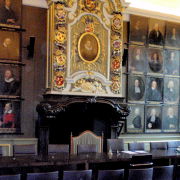 Australian law blogger Kevin Jon Heller got his PhD in Leiden and describes
Australian law blogger Kevin Jon Heller got his PhD in Leiden and describes